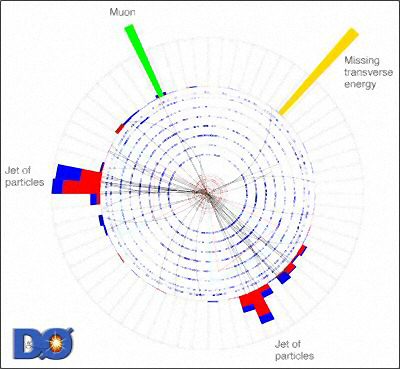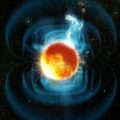International physicists have detected for the first time a subatomic particle – the top quark – without the simultaneous production of its antimatter partner. This rare event, set to be reported in Physical Review Letters, could help scientists better explain how the universe works and how objects acquire their mass. The top quark is the heaviest known elementary particle, with the same mass as a gold atom. It does not occur naturally and in this instance was created in the Department of Energy’s Fermi National Accelerator Laboratory.

When a proton smashes head-on into an antiproton at velocities close to the speed of light, the collision occasionally produces a top quark. But this unstable particle exists for only a fraction of a second before it decays into lighter particles, thereby complicating its detection. Physicists therefore must look at the top quark’s descendents to identify it.
“We detected the top quark using the electronic signature of its decay products,” explained Heinson. “We measured the position of charged particles using a silicon vertex detector, which is an instrument – first encountered by the particles after the collision – that can precisely reconstruct the trajectories of charged particles. Since theory predicts single top quark production, we knew what to look for. It was extremely difficult, however, to find.”















Comments are closed.